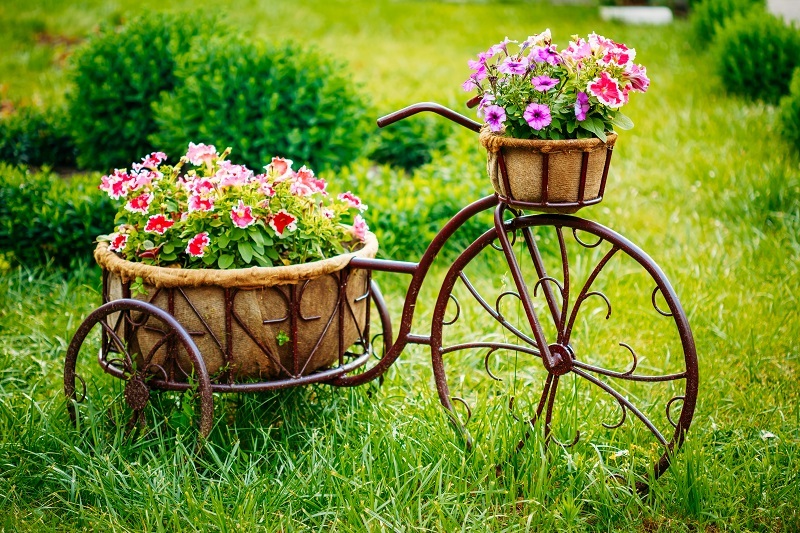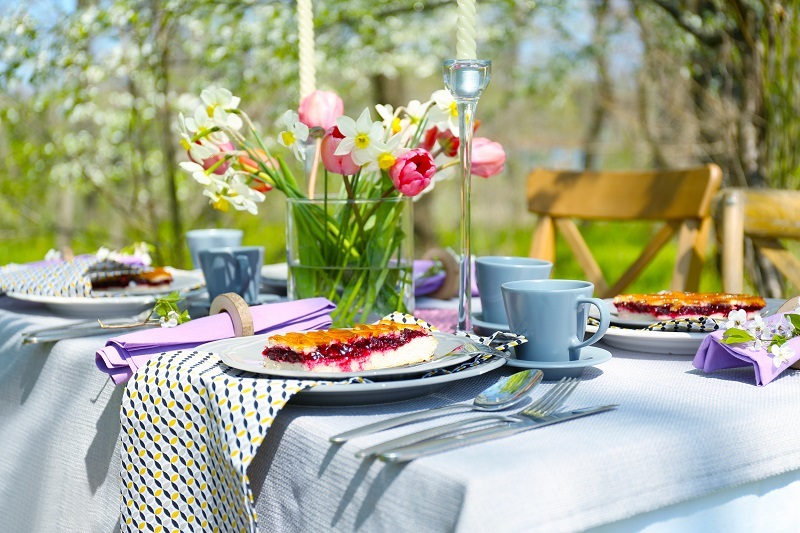7 Surprising Truths About Tulips You've Likely Never Heard Before
Tulips are among the world's most beloved flowering plants, recognized globally for their radiant colors and elegant blooms. While you might recognize a tulip instantly, there's far more to these springtime treasures than meets the eye. In fact, their fascinating history, scientific quirks, and widespread impact might surprise even avid gardeners. Read on as we uncover 7 Surprising Truths About Tulips You've Likely Never Heard Before. Whether you're a flower enthusiast or a history buff, these revelations about tulip flowers are sure to delight and intrigue you!
1. The Origin of Tulips Is Nowhere Near Holland
When you picture tulips, you likely imagine vast fields in the Netherlands, with their mesmerizing stripes of color stretching to the horizon. However, tulips did not originate in Holland. Their true home is thousands of miles to the east, in the mountainous regions of Central Asia.
Tulips Native Habitat and Discovery
- The tulip species (genus Tulipa) originally thrived in the wild, rocky landscapes of modern-day Kazakhstan, Uzbekistan, and parts of China.
- They were cultivated for centuries by Persian and Ottoman gardeners before making their way west.
- Early European botanists and diplomats were so enchanted by the beauty of tulips that they started to collect and breed them in Europe in the 16th century.
Even today, you can find many wild species of tulip flowers in Central Asia--a reminder of their exotic, far-flung roots.

2. Tulips Once Caused an Economic Disaster: The "Tulip Mania"
One of the most unusual episodes in financial history is directly linked to these lovely blooms. During the early 17th century, tulips became so desirable in the Netherlands that their bulbs were traded for astronomical sums.
The First Financial Bubble
- By the 1630s, tulip bulbs were so valuable that a single bulb of a rare variety could be worth more than a house!
- People bought and sold bulbs and futures contracts, speculating wildly.
- "Tulip Mania" came to a crashing end in 1637, when prices suddenly collapsed and fortunes were lost overnight.
This event is widely considered one of the first economic bubbles in recorded history, and it remains a cautionary tale in economics classrooms everywhere.
3. Tulips Come in Almost Every Color--Except Blue
Tulips are renowned for their rainbow of colors, from pure white and bright yellow, to deep reds, purples, and even nearly black shades. However, one hue remains eternally elusive: blue.
Why No True Blue Tulips Exist
- The genetic makeup of tulips makes it nearly impossible for them to produce a true blue pigment.
- While breeders have developed violet and purple varieties, a pure sky-blue tulip is yet to be created.
- Scientific research continues, with ongoing attempts to genetically engineer blue tulip flowers--so far, nature keeps her secret.
If you see a blue tulip, it's likely dyed or digitally enhanced. Tulip lovers continue to dream of an authentic blue beauty, making it the holy grail of tulip breeding.
4. Tulips Played a Role in World War II Survival
While mostly known as ornamental garden flowers, tulips have actually saved lives during desperate times. This is perhaps the most dramatic and least known of all tulip facts.
Tulip Bulbs as Emergency Food
- During the famine of 1944-45 in occupied Holland, known as the "Hunger Winter," food was so scarce that desperate families turned to tulip bulbs for sustenance.
- People boiled and baked the bulbs, despite their bitter, starchy taste, to ward off starvation.
- The Dutch government and Red Cross even published recipes for preparing tulip bulbs safely.
Important note: Many tulip species and hybrid bulbs contain toxic compounds and may cause stomach upset or worse if consumed raw or incorrectly prepared. Tulip bulbs are not recommended as food except in genuine emergencies.
5. Tulips Are a Symbol of Love, Fame, and Political Power
Throughout history, tulip symbolism has changed. In various cultures, these vibrant flowers have come to represent more than just spring's return.
The Meanings Behind Tulip Colors
- Red tulips: Profound, romantic love--similar to the role of red roses in Western culture.
- White tulips: Purity, forgiveness, and respect.
- Yellow tulips: Originally symbolized hopeless love, but now represent cheerful thoughts.
- Purple tulips: Royalty and elegance.
In the Ottoman Empire, tulips were a political status symbol, lavishly depicted in palace fabrics, gardens, and official art--giving rise to the "Tulip Era," a period marked by peace, luxury, and cultural flourishing.
6. Tulips React to Light and Continue to Grow After Being Cut
This is a truly surprising tulip fact for many home gardeners and florists: tulips are not "static" after they're cut from the bulb!
Tulip Flowers in the Vase Are Alive
- Tulip stems continue to elongate after cutting; a fresh bouquet can grow several centimeters taller in just a few days.
- The flowers also lean and bend toward light, a behavior called phototropism.
- This makes for dynamic, ever-changing vase arrangements--keep this in mind when designing your displays.
To minimize bending, arrange tulip bouquets in indirect sunlight and cut stems at an angle.
7. Tulips Can Multiply On Their Own and Hybridize
While many people plant tulip bulbs each year as annuals, in the right conditions, tulips can be remarkably persistent and even multiply year after year.
How Tulips Reproduce and Get Creative
- Tulips are perennial in their native climates, returning and spreading through bulb offsets (small bulbs formed underground).
- They can produce seeds after blooming--though these take years to grow into flowering plants.
- Tulips readily cross-pollinate, leading to a dizzying variety of shapes, colors, and forms--a paradise for tulip hybridizers.
In gardens with well-drained soil and cold winters, some "species tulips" naturalize and return for decades. You might find your own patch evolving as bulbs slowly multiply and new hybrids appear.

Frequently Asked Questions About Tulips
How long do tulip flowers bloom?
Tulip blooms generally last for 1-2 weeks, depending on weather conditions and the variety planted. A succession of early, mid, and late-season tulips can provide color for over a month in your garden.
How do you extend the life of cut tulips?
To keep tulip bouquets fresh, place them in clean, cool water, change the water daily, and keep them out of direct sunlight. Remember, tulips still grow in the vase and may need re-trimming.
Are tulips safe for pets?
No, tulip bulbs are toxic to cats, dogs, and other pets if ingested. Always plant and store bulbs with care.
Conclusion: Why Tulips Remain Unforgettable
From mountain wildflowers in Central Asia to their role in global finance and modern home gardens, tulips continue to captivate humanity. Their unexpected history, hidden talents, and colorful symbolism set them apart from other spring flowers. Whether you're marveling at a bouquet, planting bulbs, or dreaming of a true blue tulip, you're participating in an extraordinary story--one that is still being written.
Now that you know these 7 surprising truths about tulips, what will you look for differently the next time you visit a garden or see tulips in bloom?
- Consider their faraway origins
- Reflect on their historical impact
- Appreciate their scientific quirks
- And remember--the world of tulips is full of surprises!
For more fascinating stories on tulip flowers, gardening tips, and floral history, explore our related articles and start your own tulip journey today!

